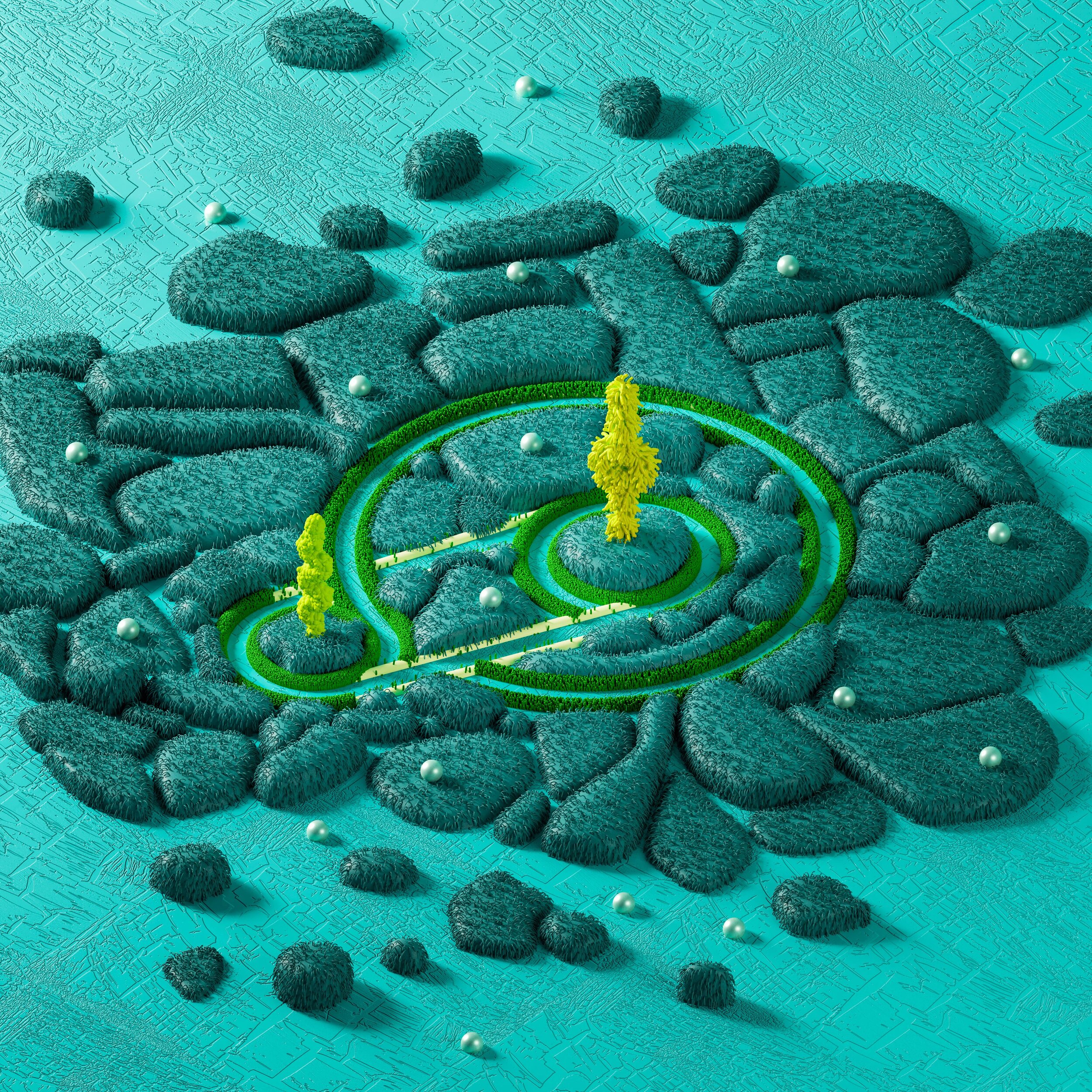The Avalon Shallows.
The Avalon Shallows are a collection of geoglyphs created in the volcanic sea floor off the coast of Southern California. They are estimated to have been constructed between 400 BCE and 800 CE by Tongva abalone hunters, who carved incisions in the reef shallows to remove rocks, leaving the sea floor exposed. It is believed that the glyphs demarcated sacred oceanic hunting grounds, because they could be seen from the shoreline and adjacent cliffs. The Avalon Shallows were concealed by locals upon the arrival of the Spanish colonizers in the 16th century, and for generations passed down as myths of magical and protected sea pools. The oceanic geoglyphs were rediscovered by a group of hobbyist scuba divers in 2004 and have since been repaired. More sites in the Avalon Shallows chain continue to be discovered across the coastline making the Avalon Shallows the largest collection of contiguous aquatic geoglyphs and leading to their designation as a UNESCO World Heritage Site.

